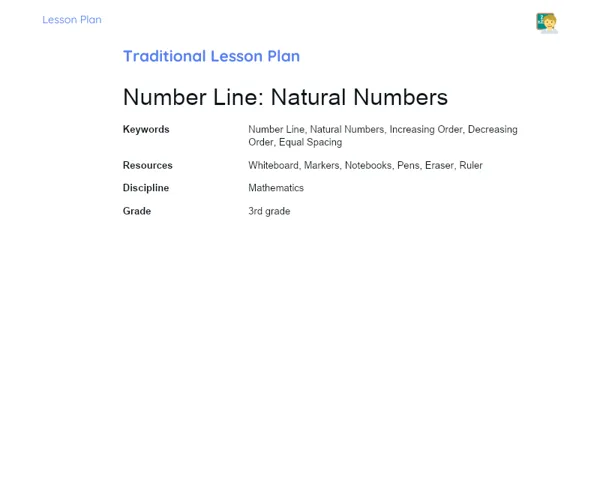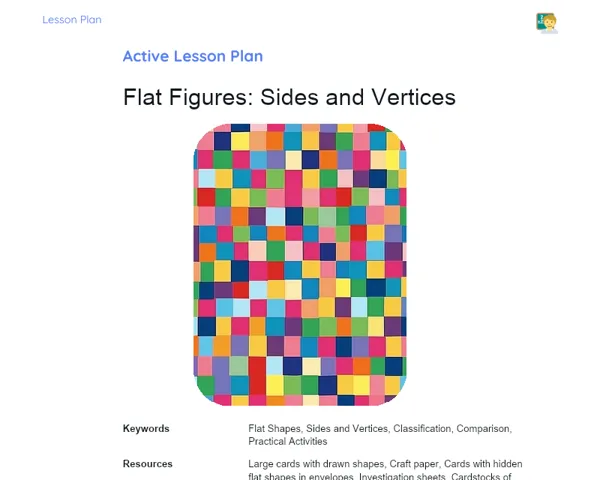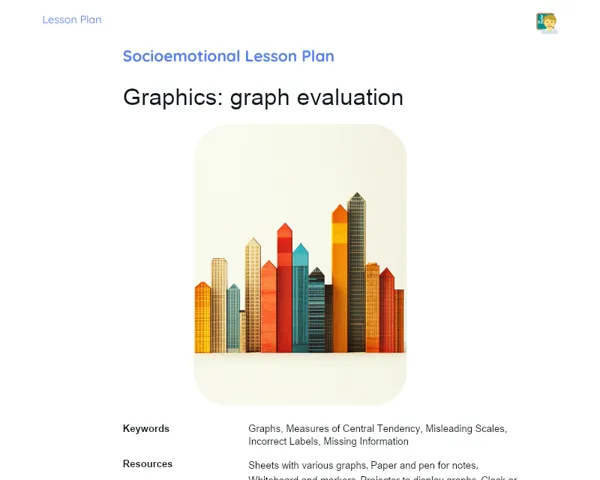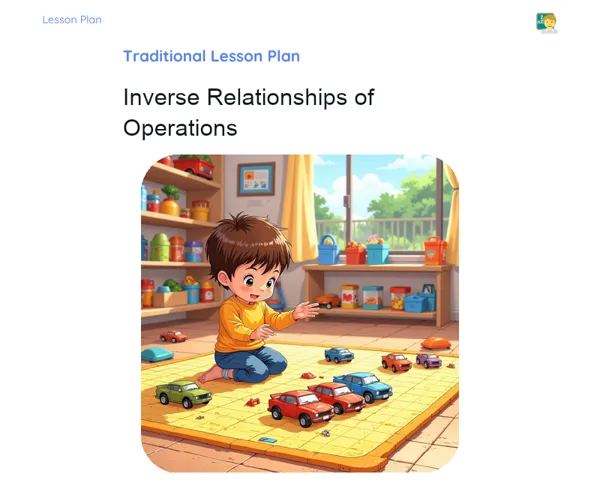Lesson Plan | Active Methodology | Angles: Classification
| Keywords | Angles, Classification, Hands-on activities, Collaboration, Problem-solving, Real-world applications, Mathematical games, Contextualisation, Communication, Group work, Flipped classroom approach |
| Necessary Materials | Classroom map with designated areas, Riddle cards, Hidden items, Cards with angle problems, Graph paper sheets, Rulers, Compasses, Copies of geometric figures, Scenarios of 'mathematical crime' |
Premises: This Active Lesson Plan assumes: a 100-minute class duration, prior student study both with the Book and the beginning of Project development, and that only one activity (among the three suggested) will be chosen to be carried out during the class, as each activity is designed to take up a large part of the available time.
Objective
Duration: (5 - 10 minutes)
This stage of the lesson is crucial as it sets the focus for what will be learned and practiced, ensuring that both the educator and learners are on the same page. Clearly outlined objectives help establish a solid foundation for the hands-on activities that will follow, allowing students to effectively apply their prior knowledge about angles.
Objective Utama:
1. Enable learners to identify and classify various types of angles (acute, right, obtuse, straight) and grasp their properties and applications.
2. Cultivate the ability to count and classify angles in geometric figures, recognising supplementary, complementary, and vertical angles.
Objective Tambahan:
- Foster communication and collaboration among students during practical activities to create a vibrant and participatory learning environment.
Introduction
Duration: (15 - 20 minutes)
The purpose of the introduction is to engage students and link prior knowledge with the content to be explored in the lesson. By presenting problem scenarios, students are encouraged to apply concepts of angles in a practical context, laying the foundation for more complex activities. This contextualisation highlights the relevance of angles in real-world situations, increasing interest and understanding of the topic.
Problem-Based Situation
1. Imagine you're setting up a function where the tables need to be arranged just right so that everyone has a good view of the stage. How would your understanding of right angles help you to find the perfect setup?
2. Think about designing a new board game where the path includes different types of angles to keep players on their toes. Which angles would you incorporate and how would they impact the players' movements?
Contextualization
Angles play a role in many aspects of our daily lives, from arranging furniture in a room to designing bridges and buildings. Grasping the different types of angles and their characteristics is essential not just for mathematics but also for many other fields, including engineering, design, and architecture. Moreover, the study of angles has deep historical roots, showcasing its cultural and practical significance.
Development
Duration: (75 - 85 minutes)
The development stage allows students to practically and interactively engage with the concepts of angle classification studied earlier. Through enjoyable and collaborative activities, learners can deepen their understanding of various angles, as well as see their application in both real and imaginative contexts. This not only strengthens learning but also encourages critical thinking and collaborative problem-solving.
Activity Suggestions
It is recommended that only one of the suggested activities be carried out
Activity 1 - 🔍 Angles in Action
> Duration: (60 - 70 minutes)
- Objective: Practice identifying and solving angle problems in a fun and collaborative way.
- Description: In this activity, students will be organised into groups of up to five to embark on a treasure hunt around the classroom, exploring angles. Cards containing riddles will guide them to spots in the room where items are hidden. Each location will hold a card with an angle problem that they need to solve in order to progress in the game.
- Instructions:
-
Organise groups of up to five students and give them a map of the classroom with marked locations.
-
Each group starts with a riddle card that leads them to the first hidden item.
-
Once they locate the item, they must solve the angle problem on the card they find to earn the next riddle.
-
The game continues until all problems are solved and the final treasure is discovered.
-
Points are awarded for each correctly solved riddle.
Activity 2 - 🏗️ Architects of Angles
> Duration: (60 - 70 minutes)
- Objective: Apply knowledge about complementary and supplementary angles within a design and architecture framework.
- Description: In groups, students will step into the shoes of architects tasked with drawing a floor plan for a house. They will use graph paper and must ensure each room contains at least one pair of complementary angles and one pair of supplementary angles.
- Instructions:
-
Divide the class into groups of five students.
-
Provide each group with a sheet of graph paper along with rulers and compasses.
-
Explain the requirement for their house plans to include specified angle conditions.
-
Circulate and assist groups with questions, ensuring they get the angles right.
-
Finally, each group presents their plan to the class, explaining the location and reasoning behind the angles they chose.
Activity 3 - 🕵️ Angle Detectives
> Duration: (60 - 70 minutes)
- Objective: Enhance skills in analysing and classifying angles through a complex and enjoyable problem-solving scenario.
- Description: Organised in groups, students turn into detectives to crack a 'mathematical crime.' They will receive a scenario where an 'angle thief' has jumbled all the angles in a figure, and they need to determine which angles are acute, right, obtuse, supplementary, etc., to solve the mystery.
- Instructions:
-
Form groups of up to five students and hand out the crime scenario along with a copy of the altered figure.
-
Each group must assess the figure and categorise each angle according to its measurement and type.
-
Groups will need to justify their classifications using their knowledge on angle properties.
-
Each group then presents their findings and justifications to the class.
-
Discuss the varying approaches and solutions with the entire class.
Feedback
Duration: (10 - 15 minutes)
This stage aims to consolidate learning, enabling students to articulate what they’ve learned while sharing insights with each other. The group discussion reinforces their understanding of angle concepts and promotes the ability to express and communicate mathematical ideas. Furthermore, by listening to their peers' experiences and solutions, students gain new perspectives and problem-solving techniques, enriching their grasp of the subject.
Group Discussion
After the activities, gather the students for a group discussion. Start by saying: 'Now that we’ve all had the chance to explore angles in various ways, let’s share our insights. Each group will have the opportunity to present an interesting find or a challenge they faced during the activities. Let's take this time to reflect on how angles are used in different contexts and the effective strategies we discovered to solve the problems.'
Key Questions
1. Which types of angles did you find most difficult to identify and why?
2. In what way did classifying the angles aid in solving the problems proposed during the activities?
3. Was there a specific instance where understanding angles in everyday life proved particularly useful?
Conclusion
Duration: (5 - 10 minutes)
The conclusion stage serves to solidify learning, linking theoretical concepts with the hands-on experiences noted during the activities. Not only does this reinforce students' understanding of angles, but it also illuminates their relevance across different real-world contexts. Additionally, this stage clarifies any lingering questions and ensures learners feel equipped to apply their newly acquired knowledge to future mathematical challenges.
Summary
In this final stage, the educator should summarise and revisit the main content on angle classification, reinforcing the identification and properties of acute, right, obtuse, straight, supplementary, and complementary angles. It’s vital that this summary incorporates practical examples and scenarios explored during the activities for effective knowledge retention.
Theory Connection
Throughout the lesson, the connection between theory and practice was made evident via engaging activities like the 'Angle Treasure Hunt,' where students actively applied their theoretical understanding to resolve practical issues. Additionally, the 'Architects of Angles' activity illustrated how angles are used in design, architecture, and planning, reiterating the importance and relevance of angles in everyday life.
Closing
Lastly, underscore the significance of angles in our daily routines, elaborating on practical applications across various fields such as design, architecture, and engineering. Highlight how angle knowledge assists in solving problems related to organisation and symmetry—critical skills in many real-world situations—and is also essential for the development of higher-level mathematical abilities.



